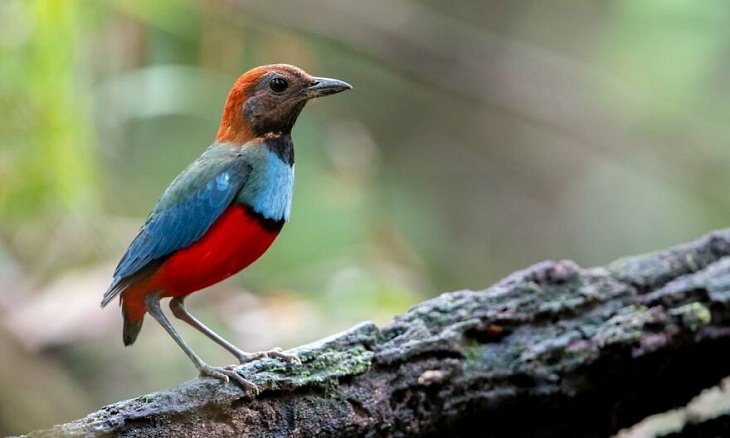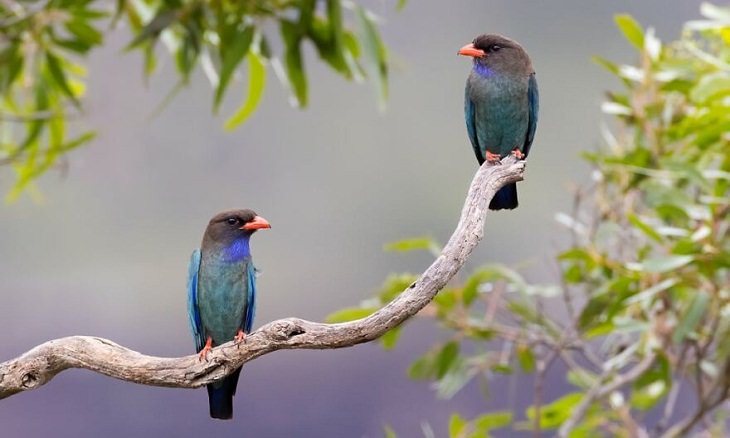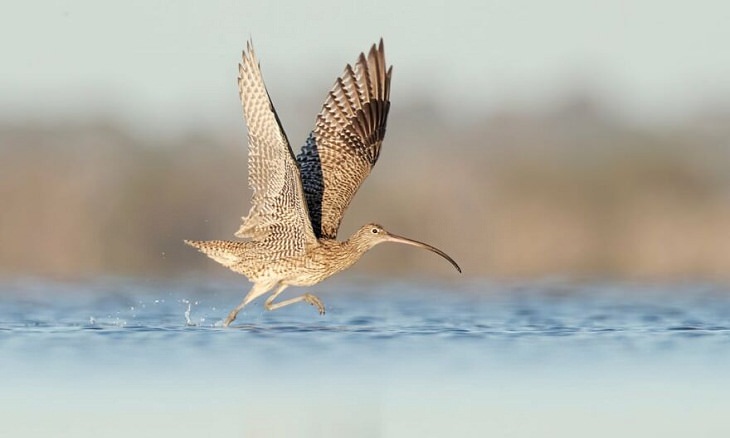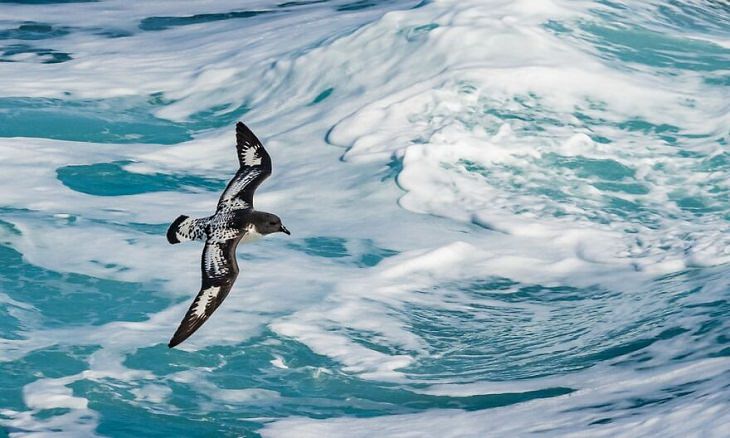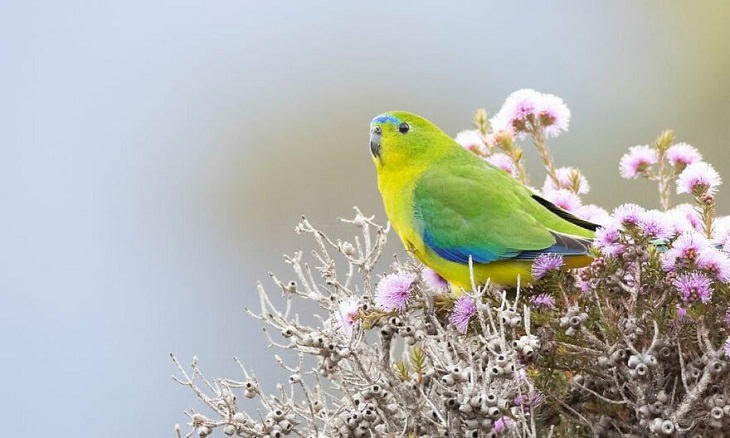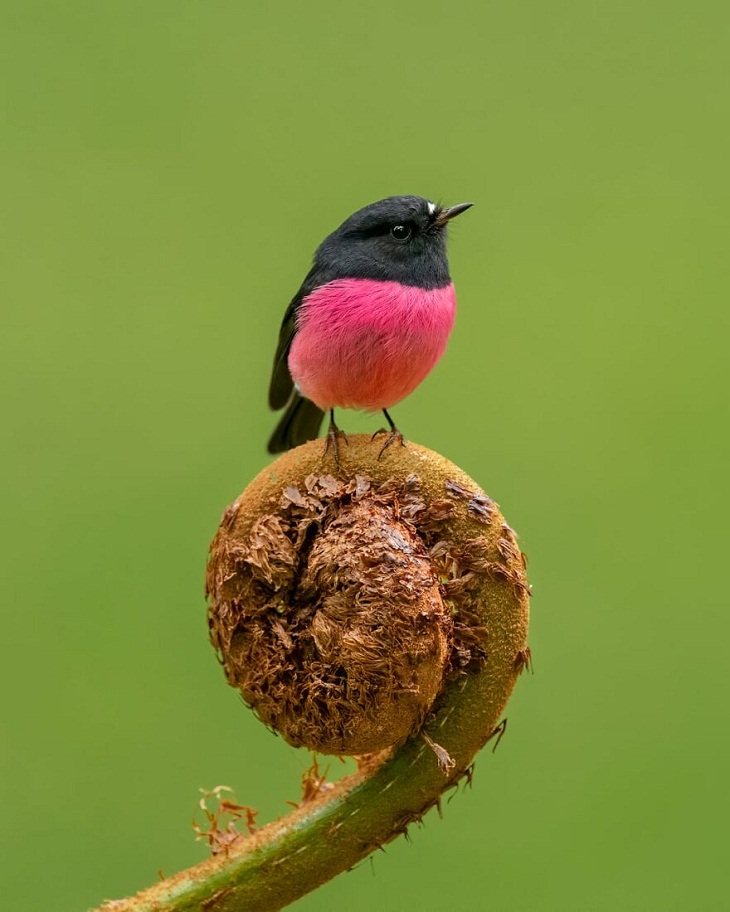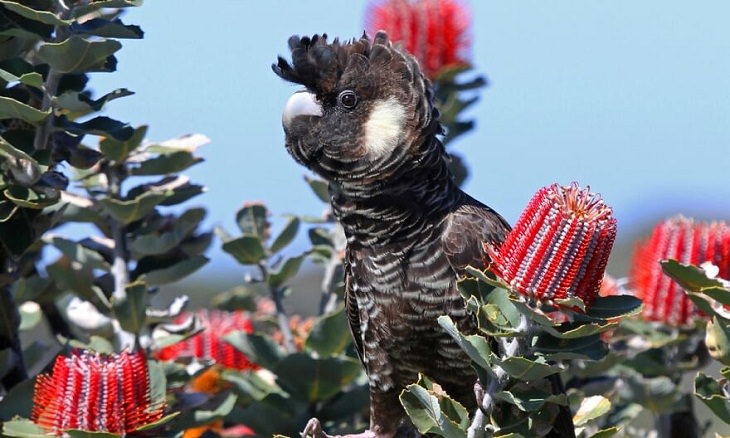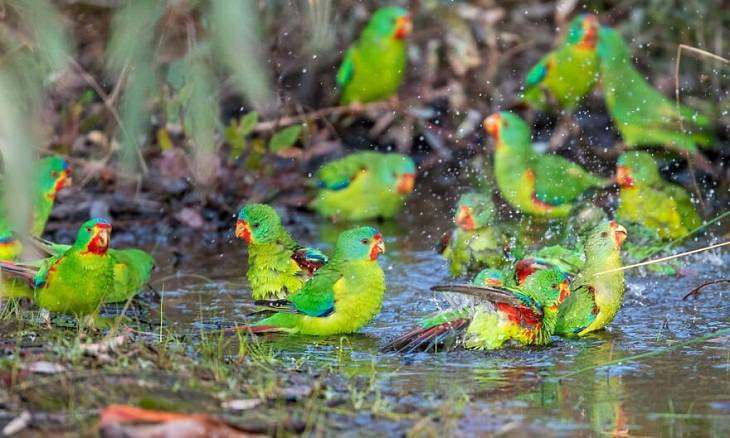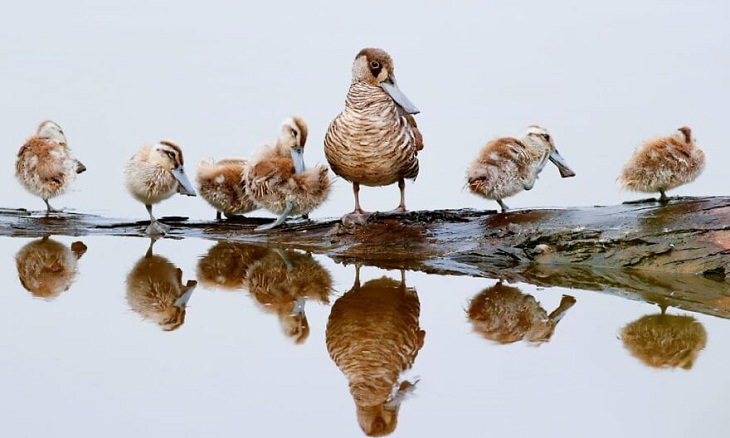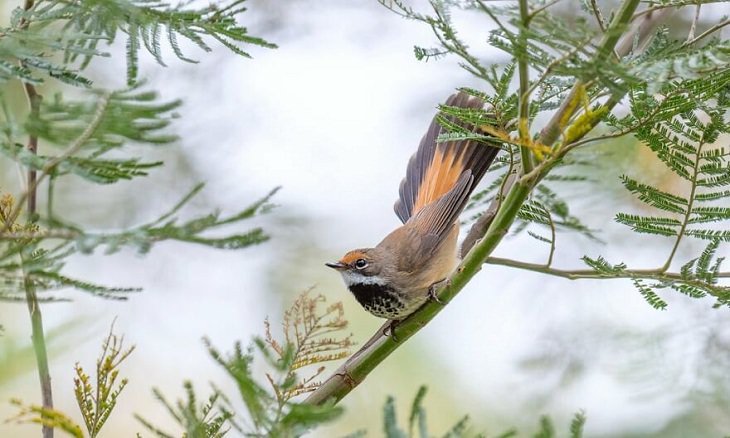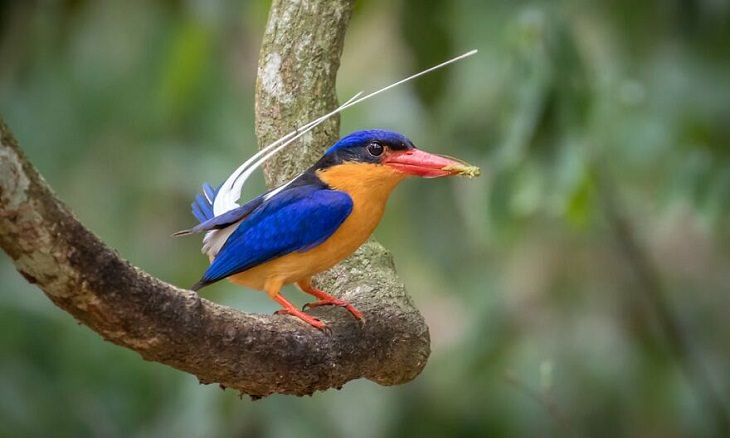When we talk about Australian wildlife, we usually discuss kangaroos, koalas, dingos, or wombats. However, Australia also has the world's greatest diversity of avian life, and more than 830 species of birds can be found here. It’s also estimated that about 45% of these birds are endemic species, meaning they are found nowhere else.
Recently, BirdLife Australia, the country’s largest bird conservation charity, shared some of Australia’s most beautiful birds in their 'Birds on the Move: Connecting our World 2022' calendar. It features photographs of 12 beautiful and exotic birds taken by some of Australia’s best bird photographers. According to the organization, their motive is to bring the focus on “some of Australia’s mightiest and most threatened migratory bird species,” such as the Eastern Curlew, the Orange-bellied Parrot, and Carnaby’s Black-Cockatoo, among many others.
Scroll down to know more about these iconic Australian beauties.
Related: Australia Has Some of the Cutest Wildlife in the World!
Papuan Pitta
This plump, short-tailed, long-legged bird is easily distinguishable for its bold red belly. The Papuan Pitta (Erythropitta macklotii) is a ground-dwelling bird that’s quite secretive. However, they can be spotted while they are foraging for food among the leaves.
Dollarbird
The Dollarbird (Eurystomus orientalis) is named so because of the distinctive pale blue spot on each of its wings that looks like silver dollars. These high-flying birds arrive in northern and eastern Australia to breed from September and return to New Guinea and Indonesia in the summer.
Eastern Curlew
Widespread in coastal regions in the northeast and south of Australia, the Eastern curlew (Numenius madagascariensis) is a large shorebird that’s mostly brown. They begin their life’s journey in Russia and north-eastern China before making an epic journey to the coasts of Australia. Amazingly, they rely on the Earth’s magnetic field to navigate the flyways in the sky.
Unfortunately, the Eastern curlew is critically endangered today, and their global population is estimated to have declined by 80% in the last 30 years.
Cape Petrel
Cape petrels (Daption capense) breed in colonies on the Antarctic continent and subantarctic islands, but they visit southern Australian waters in the colder months. These seabirds are known for their unmistakable black-and-white pattern.
Orange-bellied Parrot
The Orange-bellied Parrot (Neophema chrysogaster) is a small 'grass parrot.' As its name suggests, it has an orange patch on its belly. This critically endangered beauty is one of the very few migratory species of parrots. These small birds breed in south-western Tasmania during summer before they move to coastal Victoria and South Australia in winter.
Not too long ago, there were just 17 members of this species left. But careful management has brought them back from the brink of extinction.
Pink Robin
The pink robin (Petroica rodinogaster) is only found in south-eastern Australia. It can be recognized by its distinct “tik, tik, tik” call that it often makes while hiding in dark, densely vegetated gullies. They mostly inhabit forests across south-eastern Australia and are not that easy to spot.
Carnaby’s Black-Cockatoo
Carnaby's black cockatoo (Zanda latirostris), also known as the short-billed black cockatoo, is a familiar sight for Perth locals. Their powerful bills are strong enough to easily crunch through a variety of seeds and nuts. However, these beautiful cockatoos are considered pests by some farmers, as they end up stealing their crops of almonds and other foods. Their population has plummeted by 50 percent in the past 50 years due to widespread land clearing.
Swift Parrot
Image credits: Tony Clark
The swift parrot (Lathamus discolor) is endemic to south-eastern Australia. They breed only in Tasmania and then fly across the Bass Strait to south-eastern Australia where they forage on the flowering eucalypts. They are one of the very few migratory parrots in Australia.
Related: You Won't Find 10 More Beautiful Parrots in the World!
Pink-eared Ducks
The pink-eared duck (Malacorhynchus membranaceus) is named after the spot of pink feathers on the side of the drake’s head. Their more striking features, however, are a bold zebra-striped plumage along with a long and shovel-shaped bill. Their oddly-shaped bills help them suck water through the tip of their bill and then expel it through grooves along the side of the bill.
Rufous Fantail
This small songbird has a long, pale-tipped tail and a slim bill. The Rufous Fantail (Rhipidura rufifrons) is found mostly in rainforests and wet forests and usually feeds in the air, diving, twisting, and looping to catch insects swiftly. These birds are restless and constantly on the move.
Buff-Breasted Paradise Kingfisher
The most noticeable features of the Buff-breasted paradise kingfisher (Tanysiptera sylvia) are its very long white tail streamers and a bright red bill. It migrates from New Guinea to its breeding grounds in the Wet Tropics of North Queensland. Despite its bright plumage, the Buff-breasted paradise kingfisher can be surprisingly hard to spot in the forest.
Crimson Chat
The Crimson Chat (Epthianura tricolor) is a brightly colored songbird found in semi-arid and arid regions of Australia. Unlike most small birds, chats walk rather than hop and are mostly seen near the ground.
Share this post with other bird lovers!

